
Developer: MercurySteam
Publisher: Nintendo
Platform: Switch
Tested on: Switch
Metroid Dread – Review
The reveal of Metroid Dread at E3 2021 was a surprise in more ways than one. Not only does the game’s title pay homage to a canceled DS title from way back in 2005, but the game is also the first new side-scrolling Metroid game in nearly 20 years. Developed by MercurySteam, who also handled 2017’s excellent 3DS remake of Metroid: Samus Returns, Metroid Dread actually arrives ahead of the highly anticipated Metroid Prime 4, which was announced in 2017 but is yet to see any details revealed. So is Metroid Dread simply a small title to tide the fanbase over until Prime 4 is released or is this a game capable of holding its own?
Story
Given that it’s been quite some time since we last got a Metroid title, it’s not unfathomable that many players need a refresher or even an introduction to what the story is about. Metroid Dread is happy to oblige and starts by simply describing some of the key elements, such as the titular Metroids and X parasites, and summarizing the events of the previous title, Metroid Fusion, before launching into the specific story for this game. When the Galactic Federation receives footage of an X parasite alive and well on the planet ZDR, they dispatch a team of E.M.M.I. robots to investigate. Communication with the robots is lost however, and our heroine Samus Aran is sent to ZDR to find out what happened. Upon her arrival, she is confronted with a Chozo, who easily beats her up and dumps her in the depths of the Artaria region. Samus must now find her way back to her ship, while dealing with the native dangers of ZDR as well as the E.M.M.I. robots, who have gone rogue. As is usually the case, the story isn’t fully fleshed out in-game. You’ll be treated to cutscenes without dialogue, leaving things open to interpretation. If you’re really interested in the lore behind the game, you’ll have to do your research elsewhere. While Dread fits into the larger Metroid lore, the setup serves as little more than an excuse as to why Samus has lost her powers again.
Graphics
Although Metroid Dread’s bleak visuals are a far cry from the colourful worlds of New Pokémon Snap or Mario Kart 8, it’s a showcase of what the Switch is capable of visually when a developer plays to the console’s strengths. The various environments of the planet ZDR are rendered in full detail, from the mist-filled E.M.M.I. rooms to the luscious alien fauna and flora that populate the world. The world feels hostile and extraterrestrial, but also alive. We found ourselves pausing occasionally just to take in the backgrounds and soaking in all the small details, such as the brilliant lighting effects. Yet despite the ridiculous amount of care that went into all the details, the game’s performance doesn’t suffer from having so much going on at once. Framerate is smooth as butter, which is a blessing for an action-packed game like this.
Sound
The OST is another thing of beauty. Apart from the new music, which succeeds in evoking an atmosphere of, well, dread, there are also callbacks to iconic tracks from Metroid’s history, albeit updated. We couldn’t help but crack a smile when we heard Samus’ theme play during the story setup, for example. The various areas that comprise ZDR all have their own musical cues, as do the boss battles, and the full OST, which is over 3 hours long, manages to give each environment its own musical identity. Voice acting is very limited, with Samus herself acting as a silent protagonist and enemies not capable of speaking English on account of being aliens. The English voicework present is for the most part limited to the robotic voice of Samus’ AI companion ADAM, who sounds cold and emotionless. Sound effects are great as well. Samus’ footsteps sound different depending on the material she walks on, for example, and the various alien creatures’ snarls and cries all sound realistic. Finally, a mention should be given to the chilling beeping sounds made by the E.M.M.I. as they draw closer. This is a sound that is guaranteed to stick with you until long after you’ve finished playing.
Gameplay
It’s not often that a game is so iconic that an entire genre is named after it, but the original Metroid is one of these rare cases: Metroidvania, a portmanteau of Metroid and Castlevania. For the uninitiated: a Metroidvania game is a non-linear platformer set in a massive, interconnected world, where the player gradually unlocks new powers allowing them to explore new areas. Unlike the Metroid Prime series, which strayed away from the iconic 2D action that cemented the franchise’s legacy in the first place, Metroid Dread delivers a long needed return to the roots of the series. This is classic Metroidvania gameplay at its finest, modernized for a new audience and introducing great new mechanics alongside the staples of the genre that we’ve come to know and love.
Of course, the major new element introduced here are the E.M.M.I rooms, and these are absolutely amazing. It would have been easy to screw these up but MercurySteam really delivered here. Each of the different areas of ZDR features an E.M.M.I room where one of these robots skulks around. The aim here is to avoid the E.M.M.I. until you are able to take it out, which typically involves taking down a miniboss so that you can charge your blaster, giving you enough power to take down a single E.M.M.I. with one ridiculously powerful shot. If people recall Metroid Dread a few years down the line, it will be these parts that they’ll remember first and foremost, rather than the boss battles or Samus’ new powers.
The E.M.M.I.s that patrol these areas are formidable foes that are almost impossible to take down and even more difficult to avoid. In a stroke of genius, MercurySteam made it so that an E.M.M.I doesn’t always follow the same route or even spawn in the same place, so there is a twisted sense of randomness as to when and where they appear, keeping players on their toes at all times. We couldn’t keep track of how many times we met our untimely demise at the hand of these robots. Yet somehow, dying over and over again didn’t feel frustrating, but motivated us to keep trying, pushing forward, and taking every inch we could in order to progress towards Metroid Dread’s ending.
Of course, the E.M.M.I. rooms are only part of the equation. Everything else present here, from the sprawling world and the environmental puzzles to the boss battles, is also among the best the Metroid series has to offer. It’s not for the faint of heart though: Metroid Dread is one of the more challenging games on the Switch, especially compared to other Nintendo-owned franchises. The boss battles can be incredibly difficult -not in the least because you need to figure out how to defeat the boss, which isn’t always straightforward. If you’re the lucky owner of Metroid amiibo figures -including the ones from 2017’s Samus Returns or the Super Smash Bros. series- now would be the time to dig them up, as they can provide you with a small boost, such as extra missiles or an energy tank at a key moment. This is limited to once per amiibo per day though, so you can’t simply spam your way through the game with this ability.
Using amiibo is a neat little trick but don’t fret if you don’t happen to own the NFC figures, as the small boost they give doesn’t provide players with a massive advantage. While the game is tough and challenging, it’s also fair. Nothing is handed to you on a silver platter but if you put in the work you’ll be rewarded with a very satisfying sense of progress. It’s difficult to get this balance right. More often than not a developer will push too far in either direction, delivering a game that is unfairly difficult or ridiculously easy, but Metroid Dread succeeds here. No matter how unforgiving things get, the thrill is enough to keep you going, as, above all else, Metroid Dread is incredibly fun.
Metroid Dread is a nearly perfect addition to the Metroid series. The only thing that slightly irked us is something that is actually inherent to the genre: it’s not always clear where to go next after achieving an objective, and there were a couple of times where we found ourselves stuck in an area, unsure of where we needed to go to find a way out. There’s a lot of backtracking involved in any Metroidvania title, given the non-linear nature of the genre, and when you need to find a specific path -especially a hidden one- you might end up feeling a little frustrated if you find yourself visiting the same areas over and over again looking for that one pathway you’re missing. It’s a minor blip in what would otherwise be a perfect experience, and you shouldn’t let it deter you from giving Metroid Dread a try though.
Conclusion
Metroid Dread is an essential addition to your Switch library, easily capable of standing shoulder to shoulder with the best titles on the platform. From the gorgeous presentation to the nerve-wracking E.M.M.I. rooms to the exhilarating boss battles, this is classic Metroid at its best. It may not have been the new Metroid Prime title we’ve been waiting for for years, but this is easily the best 2D Metroidvania game out there, bar none.
Metroid Dread - Review,4 Comments
Leave a Reply
You must be logged in to post a comment.

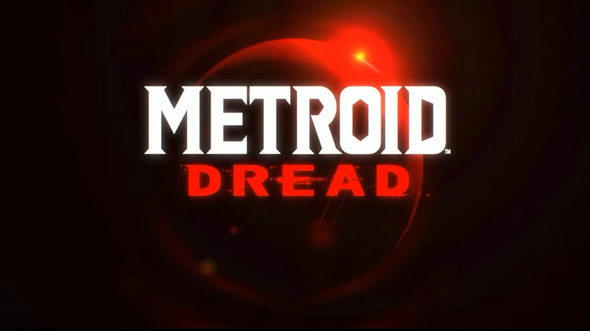
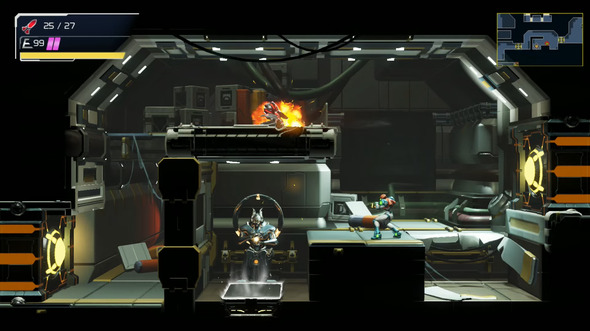
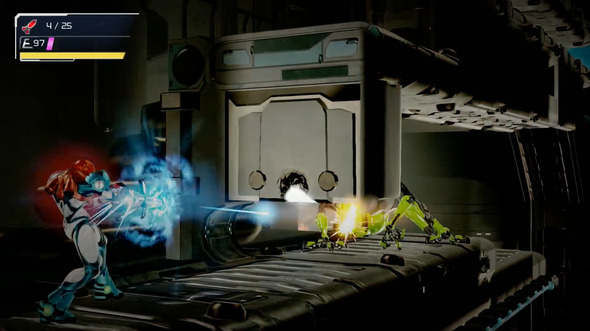

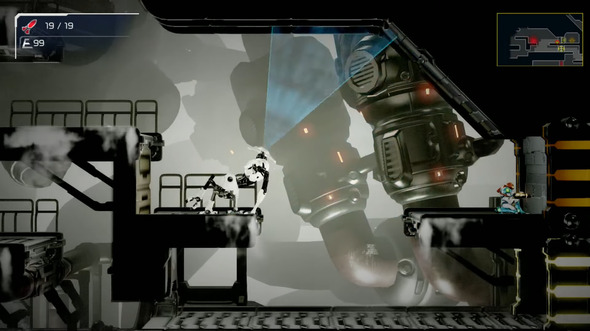
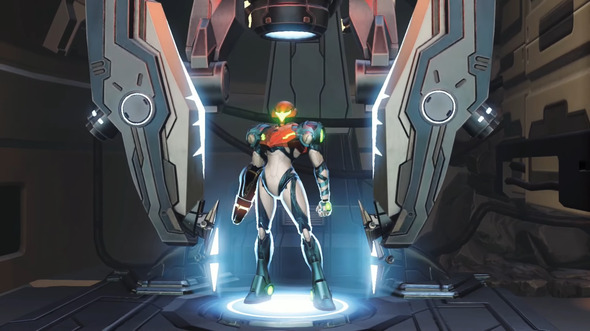

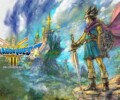


[…] Switch has had a fantastic 2021, with titles like Metroid Dread and Skyward Sword HD, but arguably the biggest titles arriving this year on Nintendo’s hybrid […]
[…] eagerly been waiting to return to Samus Aran’s first-person adventures. We did get the excellent Metroid Dread in 2021, but the sideways platforming action hits differently than looking through the visor of our […]
[…] game that can stand on its own. This combination of the cartoon-like world combined with some Metroid, is something we haven’t seen in a long while, which makes this game yet again, something […]
[…] interesting to see a different take on a genre-defining game. If this sort of thing never happened, Metroidvania wouldn’t be a genre, and Soulslike wouldn’t be a term. As Picasso’s famous quote goes: […]